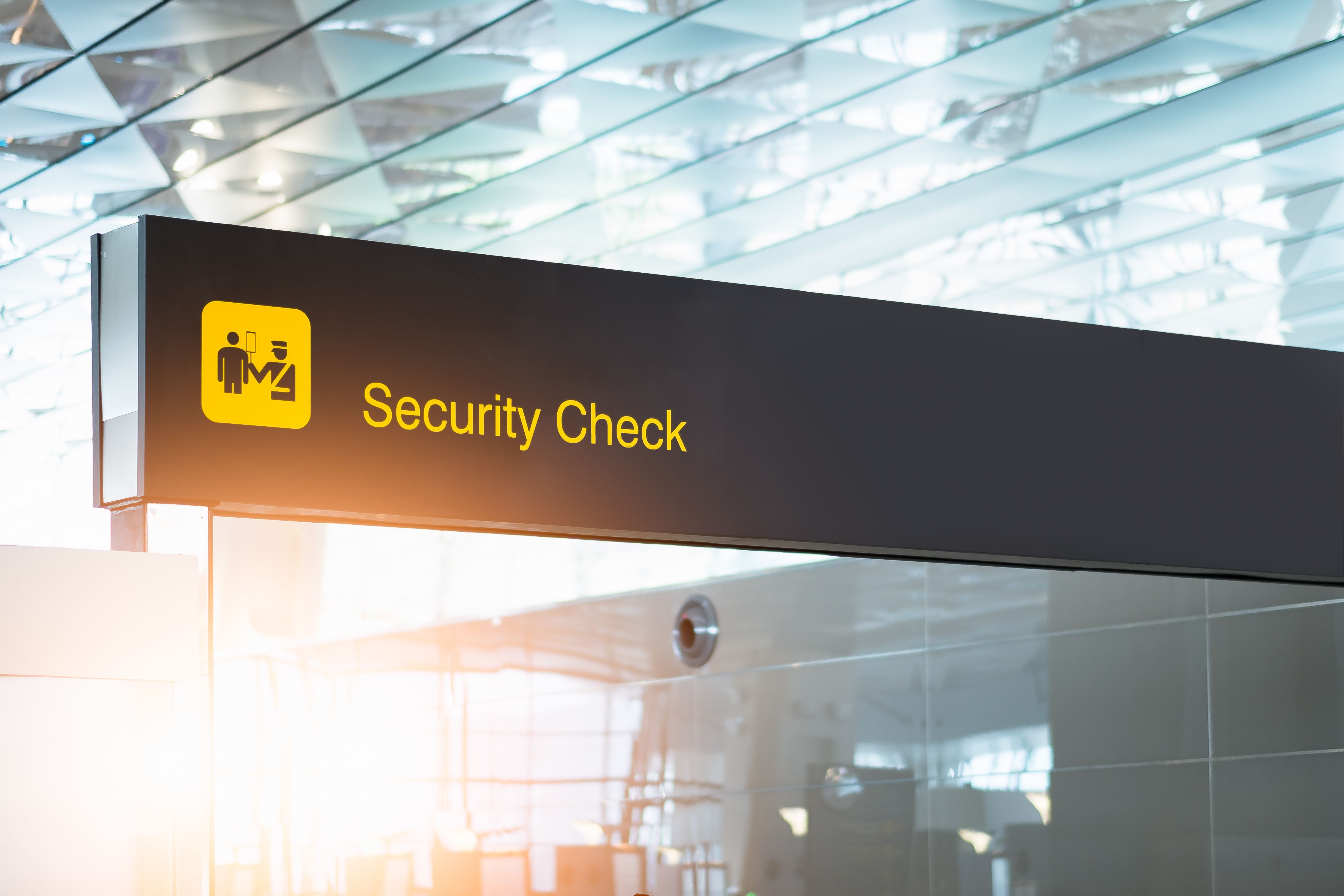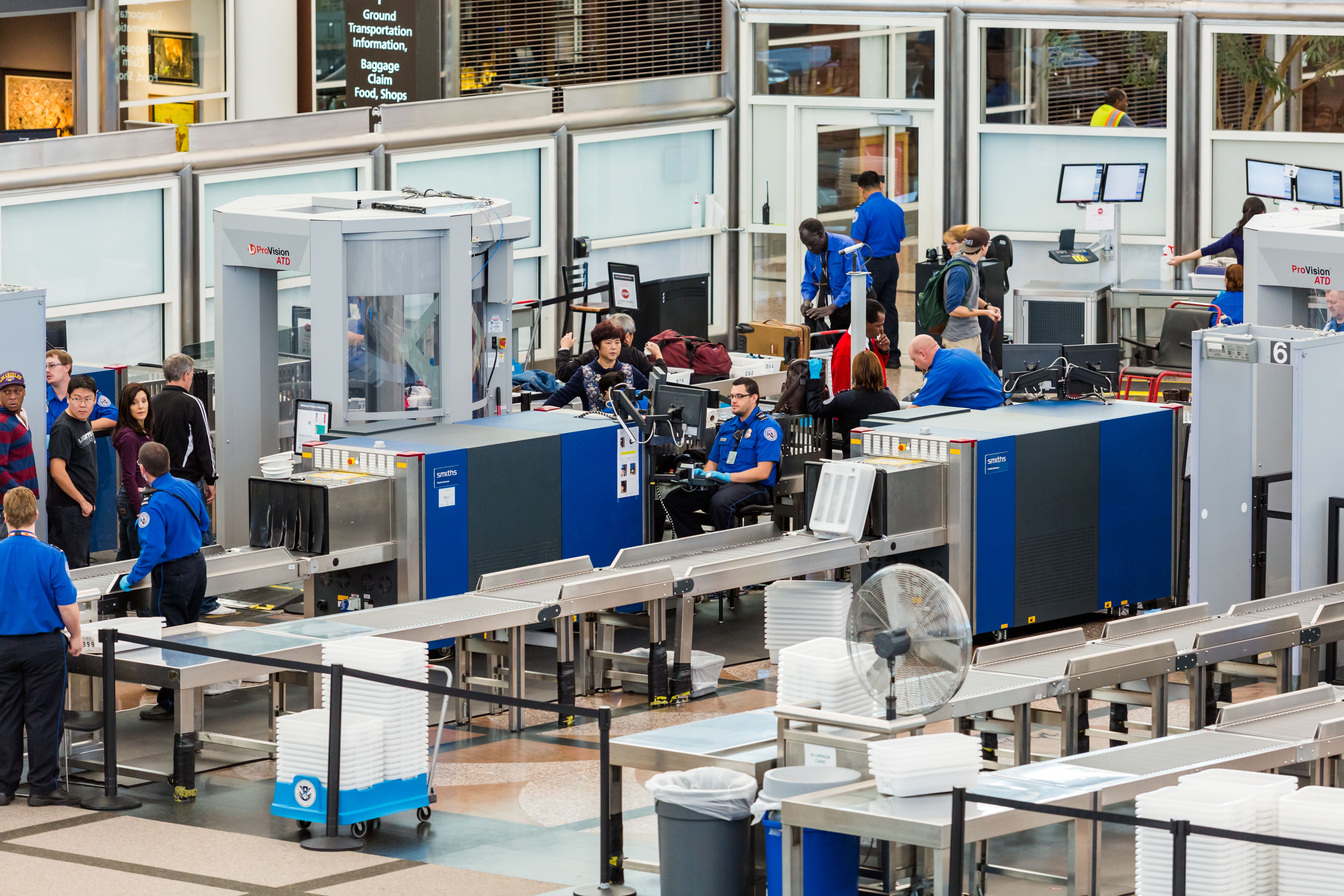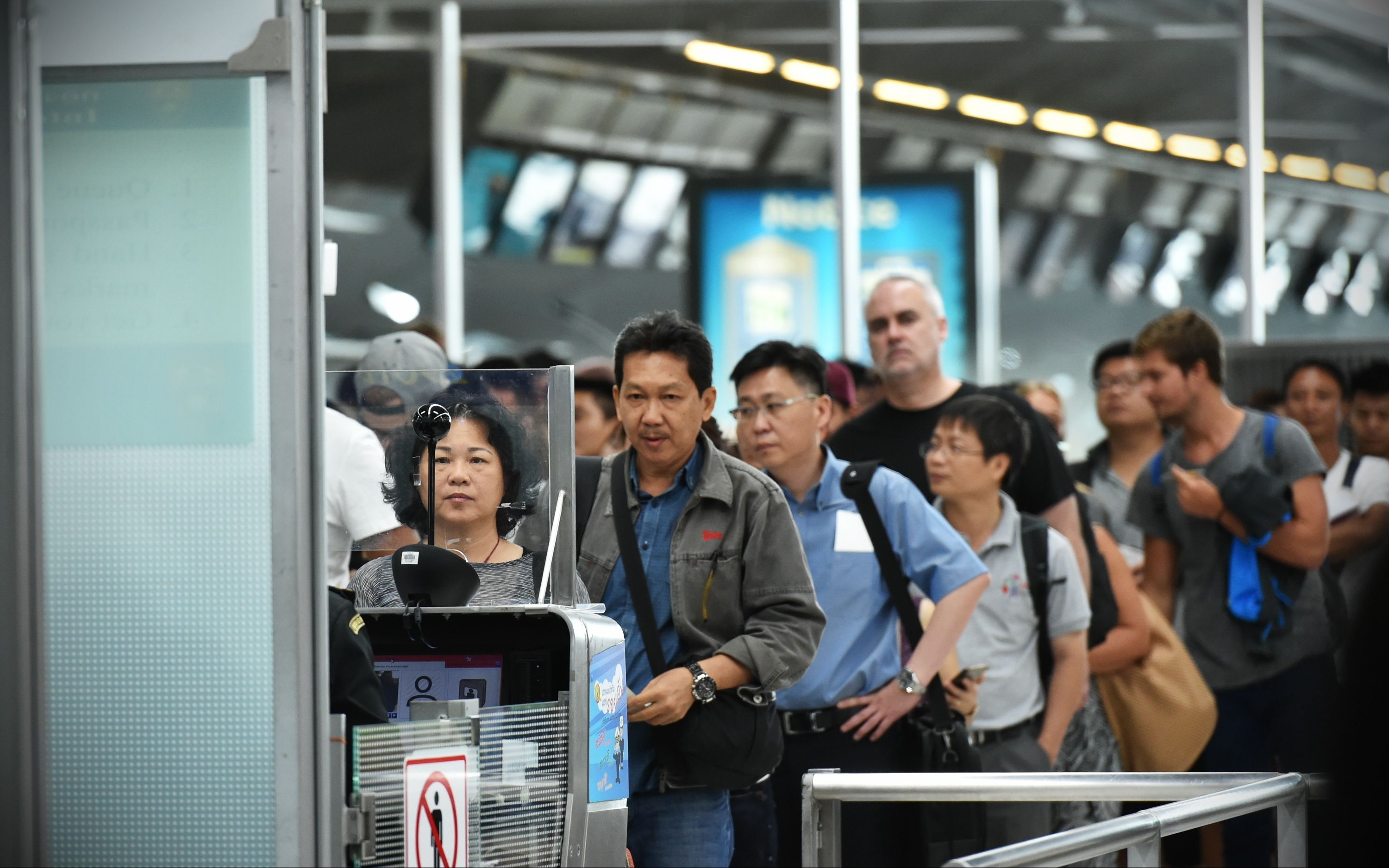The US Federal Aviation Administration (FAA) and the US Department of Transportation (DoT) play an integral role in ensuring aviation safety across the United States. But what part is the US Department of Homeland Security (DHS) taking in the aviation industry? Let's take a closer look to find out.
What is the role of the DHS in aviation?
To put it simply, the US Department of Homeland Security is an institution that works to improve the security of the United States. The significance of DHS was particularly heightened after the devastating events of September 11, 2001, which served as the impetus for the department's creation.
Following the tragic terrorist attack on 9/11, when two aircraft crashed into the World Trade Center, the DHS assumed its first priority: to oversee and coordinate a comprehensive national strategy to protect the nation from terrorism and respond to potential future attacks.
But over the years, the list of responsibilities for the DHS has expanded to a broader range of activities, including "customs and border enforcement, immigration enforcement, emergency response to natural and manmade disasters, counterterrorism, and cybersecurity," according to the DHS.
How does the DHS keep aviation safe?
It is unimaginable these days, but before the catastrophic 9/11 attacks, passengers used to be able to arrive at the airport shortly before a flight and board without any, or very minimal, security procedures, sometimes even without a boarding pass or ID.
At the time, airline companies usually hired private contractors to carry out airport security. The lack of federal regulations meant the security contracts were often awarded to the bidder who offered the lowest price.
But with the establishment of the DHS, airport security changed forever. In 2001, under President George W. Bush, Congress enacted a law to form the Transportation Security Administration (TSA), a division of the newly established DHS.
Just a couple of months after the deadly terrorist attacks, the newly established TSA mandated that all checked baggage be screened by X-rays to scan bags for explosives and other dangerous weapons in every airport across the country. Later, the DHS required airlines to reinforce cockpit doors on their aircraft to prevent attackers from entering.
Throughout the years, the TSA has proactively taken action to protect airline passengers from potential threats. Following a thwarted terrorist plot to detonate liquid explosives onboard several commercial aircraft traveling from London to US cities, the agency introduced a rule to ban all liquids on all carry-on baggage. However, the rule was quickly tweaked.
The amended rule allowed passengers to carry liquids in individual containers of no more than 100 milliliters, stored in a single, clear, resealable plastic bag that must be taken out of carry-on baggage for security screening. This regulation has been one of the most essential rules in ensuring the safety of airline passengers for almost two decades.
Want to read more about aviation safety?
Meanwhile, in 2010, after catching a terrorist who had hidden an explosive under his underwear, the TSA installed hundreds of full-body scanners that used advanced imaging technology across every airport in the country.
To this day, the DHS is trying to stay one step ahead of potential terrorism-related threats in the aviation sector by enhancing passenger screening, conducting heightened screening of personal electronic devices, dense foods, and powders, deploying advanced technology, and expanding canine screenings.
Source: The US Department of Homeland Security, The Transportation Security Administration



